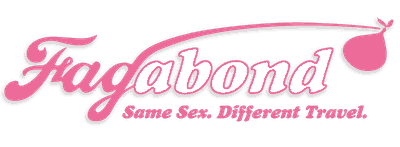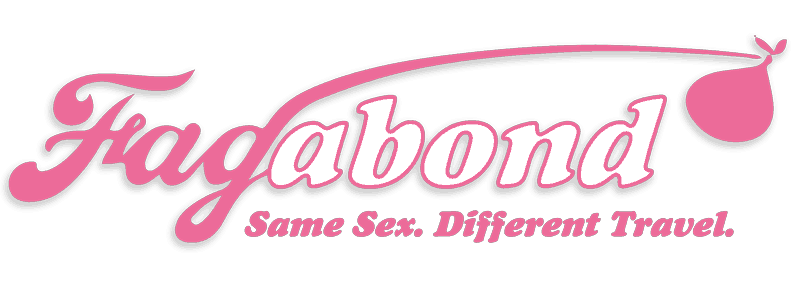When people think of spaces for queer communities to congregate, collaborate, and enjoy each other’s company, bars and clubs are usually the first thing that comes to mind. This assumption—that an openly gay or queer space must inherently be a bar—is beholden to its own history and fraught with prejudice. It’s also only part of the story.
Queer coffeehouses have for centuries been vital to queer culture past and present, presenting valuable spaces for organizing, finding community, and freely inhabiting queer identity. While many tend to associate queer culture with nightlife—a direct result of the criminalization of queer identity over the course of history—queer coffeehouses occupy their own essential cultural space, sometimes operating as part of the nightlife scene, and sometimes acting as a valuable counterpoint.
As the legality of various queer identities and expressions has fluctuated over time, the culture around where and how queer people congregate has shifted alongside it; while the queer coffeehouses of the past were often spaces where expressing queer identity was an act of open (and sometimes illegal) rebellion, queer coffeehouses of the present are able to inhabit queer space in marvelously myriad ways. With a nod to the past, today’s queer coffee bars show us the stunning diversity of what it means to be queer in the 21st century, where the fight for respect and inclusivity continues.




